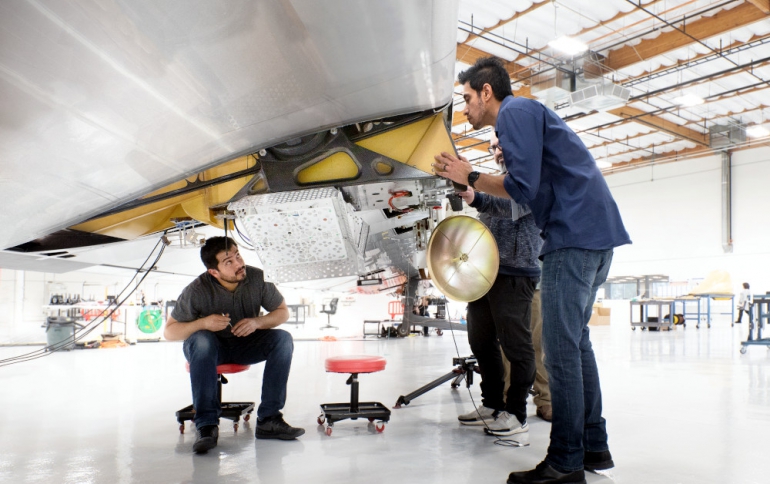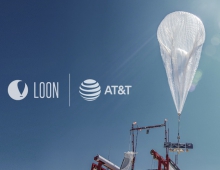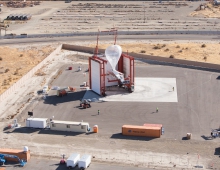
Alphabet’s Loon and SoftBank’s HAPSMobile Complete Development of Communications Payload for HAWK30 Aircraf
Alphabet’s Loon LLC and SoftBank Corp.’s HAPSMobile Inc. have successfully developed a communications payload for HAPSMobile’s HAWK30, a solar-powered unmanned aircraft system (UAS) that flies in the stratosphere.
The initiative to design and develop the communications payload for the HAWK30 follows an announcement last April between Loon and HAPSMobile where the companies formed a strategic relationship. The companies recognize the potential of the stratosphere to enhance the connectivity ecosystem and bring more people, places, and things online.
Technical teams from Loon and HAPSMobile worked together to adapt the payload technology already used on Loon’s stratospheric balloons for the HAWK30. The effort leveraged Loon’s expertise in building communications payloads that are capable of enduring the difficult conditions of the stratosphere for long-periods of time, where winds can reach speeds of 100km/h and temperatures can drop to as low as -90 degrees celsius. Loon built its first stratospheric payload in 2011. To date, the company has flown over 40 million kilometers and connected over 300,000 people with its complete stratospheric flight system.
The communications payload jointly developed by Loon and HAPSMobile consists of a number of components that enable it to serve as a stratospheric cell tower. Millimeter wave communication systems provide the backhaul links that connect the vehicle to a physical internet access point on the ground, and allow multiple vehicles to connect with one another in the stratosphere. The payload houses highly accurate antennas that are capable of establishing point-to-point (P2P) connections at distances of up to 700 kilometers and carrying data at speeds up to 1Gbps. In order to keep a stable connection, the antenna is designed to rotate as flight vehicles move. On the Loon system, this technology has proven the ability to reliably maintain a stable connection to the ground and nearby flight vehicles. In recent testing, Loon established and maintained a connection among 20 balloons spanning over 4,000 kilometers.

Because the HAWK30 is designed to fly at speeds of more than 100 km/h, the Loon technical team had to adapt the communication system to accommodate significantly higher flight speeds. Software improvements allow the antenna to rotate more quickly and track more rapid movements. Additionally, the team developed an aerodynamic housing to protect the antennas from the forces brought on by increased flight velocity. The HAPSMobile team provided the HAWK30’s flight requirement definitions, communication technical requirements and other information to help develop the payload.
The communications payload also utilizes a custom-designed LTE system that operates on various 3GPP-compliant frequency bands. The payload allows the HAWK30 to provide a wireless link that enables LTE connectivity directly to standard LTE smartphones and other mobile devices. In combination with the millimeter wave communication system, the Loon payload is able to serve the internet to a large number of smartphone users at a long distance from existing ground infrastructure.
HAPSMobile Inc. is a subsidiary of SoftBank Corp. that plans and operates a High Altitude Platform Station (HAPS). HAPSMobile is primarily engaged in network equipment research and development for the HAPS business, construction of core networks, new business planning and activities for spectrum usage. AeroVironment, Inc. is HAPSMobile’s minority owner and aircraft development partner for “HAWK30,” a solar-powered unmanned aircraft designed for stratospheric telecommunications platform systems that flies approximately 20kms above ground in the stratosphere.





















